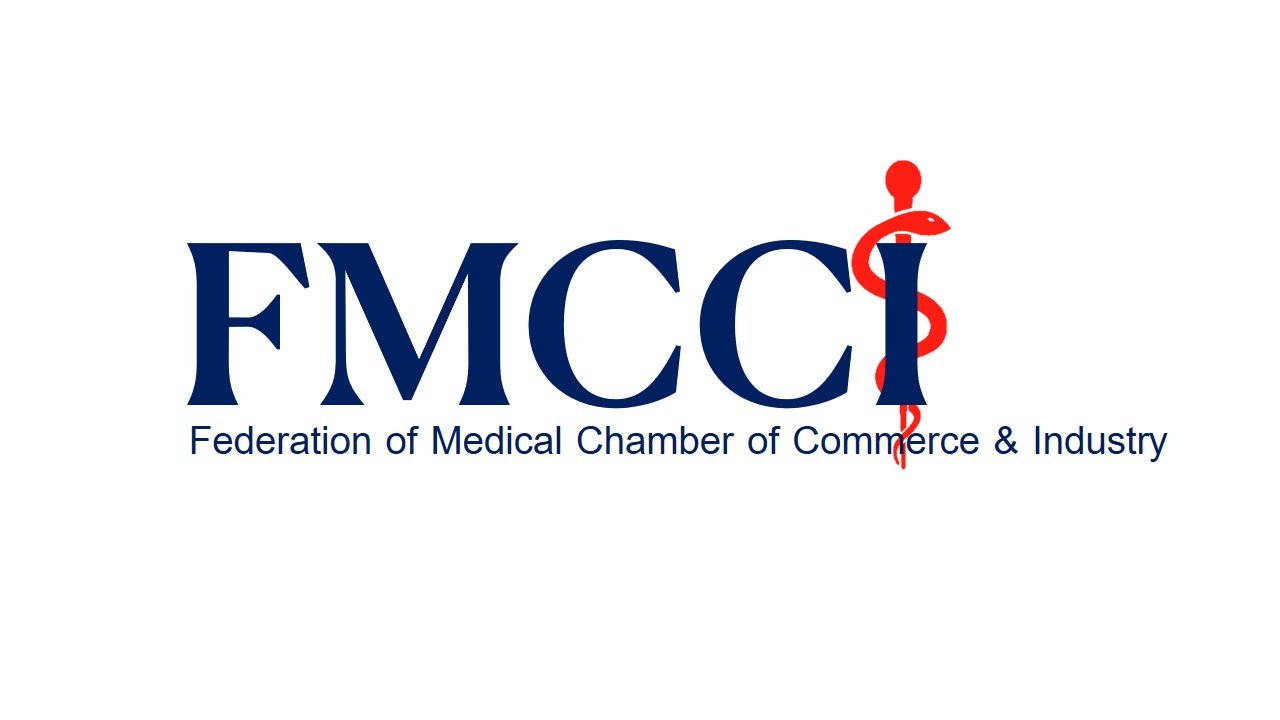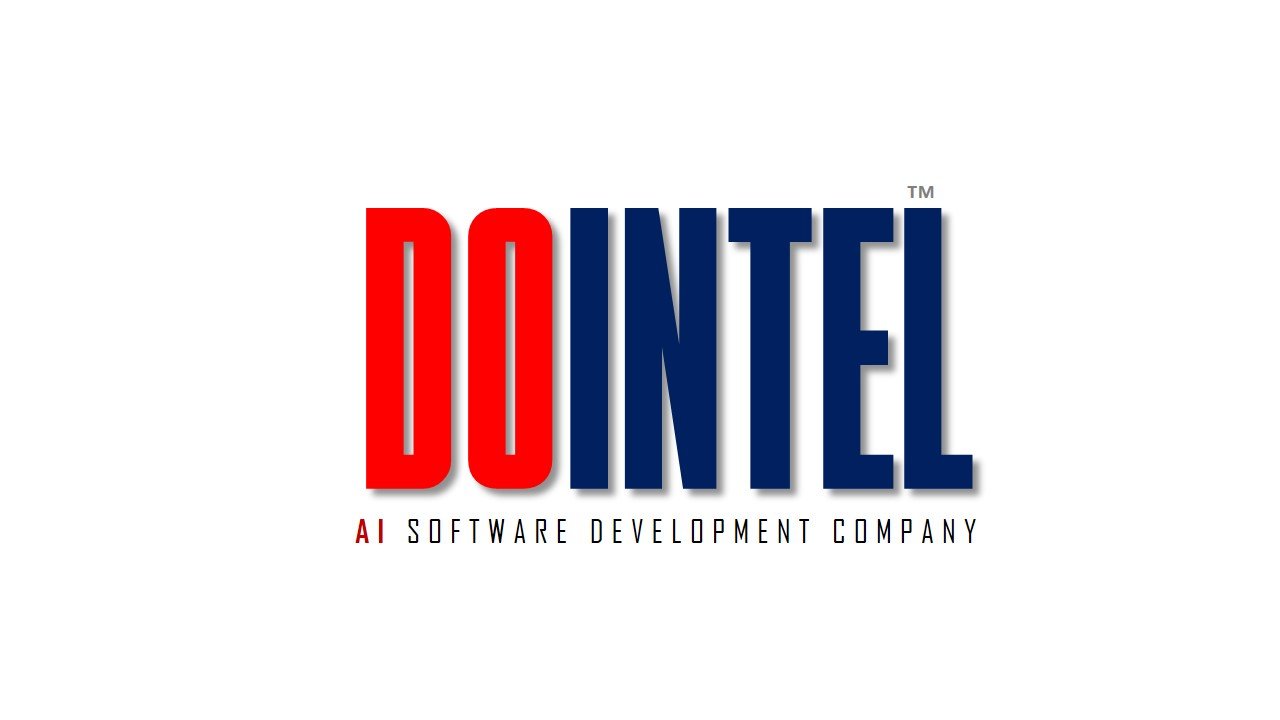Financial Planning for Success
Financial planning is a critical aspect of achieving long-term success and wealth. It involves creating a comprehensive strategy to manage your finances effectively, secure your future, and achieve your financial goals. Whether you’re saving for retirement, building an emergency fund, or investing for growth, understanding the tools and strategies available can make all the difference.
The Importance of Financial Planning
Financial planning is not just for the wealthy or financially savvy; it is for everyone who seeks to secure their future. It allows you to:
- Set Clear Financial Goals: Define your short-term, medium-term, and long-term financial objectives.
- Budget Effectively: Ensure your income is allocated wisely, covering essential expenses, savings, and investments.
- Mitigate Financial Risks: Prepare for uncertainties through insurance, emergency funds, and diversified investments.
- Build Wealth Over Time: Leverage the power of compounding and strategic investments for long-term growth.
- Achieve Peace of Mind: Eliminate financial stress by having a clear roadmap for your finances.
Now, let’s delve into the tools and strategies that can help you achieve financial success.
1. Budgeting Tools: Foundation of Financial Planning
A solid budget is the cornerstone of financial planning. Budgeting tools help you track your income and expenses, ensuring that you live within your means and allocate resources effectively.
Popular Budgeting Tools
- Spreadsheets: Excel and Google Sheets allow you to customize your budget and track spending manually.
- Mobile Apps: Tools like Mint, YNAB (You Need A Budget), and PocketGuard provide intuitive platforms for tracking expenses and managing budgets.
- Envelope System: A cash-based method where you allocate funds into physical or digital “envelopes” for specific categories like groceries, entertainment, and savings.
Tips for Effective Budgeting
- Categorize expenses into needs, wants, and savings.
- Set spending limits for discretionary expenses.
- Regularly review and adjust your budget to reflect changing financial circumstances.
2. Savings Tools: Building Financial Security
Saving is essential for achieving financial security and preparing for future goals. Different tools and accounts cater to various savings objectives.
Emergency Fund
An emergency fund acts as a financial buffer, covering unexpected expenses like medical bills or job loss. Experts recommend saving 3-6 months’ worth of living expenses.
Best Tools for Emergency Savings:
- High-yield savings accounts (e.g., Ally Bank, Marcus by Goldman Sachs).
- Money market accounts offering competitive interest rates.
Goal-Oriented Savings
If you’re saving for specific goals like a vacation, home purchase, or education, consider using:
- Certificates of Deposit (CDs): Offer higher interest rates for funds you won’t need immediately.
- Automated Savings Apps: Apps like Qapital and Digit help you save small amounts consistently.
3. Investment Tools: Growing Your Wealth
Investing is key to building wealth over the long term. A diversified investment portfolio can generate returns that outpace inflation, increasing your purchasing power over time.
Investment Accounts
- Individual Retirement Accounts (IRAs): Tax-advantaged accounts like Roth IRA and Traditional IRA for retirement savings.
- Brokerage Accounts: Enable you to buy and sell stocks, ETFs, bonds, and mutual funds.
Robo-Advisors
Platforms like Betterment, Wealthfront, and Robinhood use algorithms to manage your investments based on your risk tolerance and goals.
Alternative Investments
Consider non-traditional investments to diversify your portfolio:
- Real estate (through REITs or direct ownership).
- Peer-to-peer lending platforms (e.g., LendingClub).
- Cryptocurrencies (though highly volatile, they can offer significant returns).
4. Insurance Tools: Protecting Your Wealth
Insurance plays a vital role in financial planning by shielding you from significant financial losses. Key types of insurance include:
- Health Insurance: Covers medical expenses.
- Life Insurance: Provides financial support to your dependents.
- Disability Insurance: Replaces lost income if you’re unable to work.
- Property Insurance: Protects your home and other assets.
Use comparison tools like Policygenius or NerdWallet to find the best policies for your needs and budget.
5. Retirement Planning Tools: Ensuring a Comfortable Future
Retirement planning ensures that you maintain your lifestyle in later years without financial strain. Start early to take advantage of compounding.
Key Retirement Tools
- 401(k) Plans: Employer-sponsored accounts often include matching contributions.
- Pension Plans: Defined benefit plans that provide fixed payouts upon retirement.
- Social Security: Government benefits based on your earnings history.
Use calculators like Fidelity’s Retirement Calculator or Vanguard’s Retirement Nest Egg Calculator to estimate how much you’ll need and track your progress.
6. Tax Optimization Tools: Keeping More of Your Money
Taxes can significantly impact your financial plans. Use tax-advantaged accounts and strategies to minimize your tax liability.
Tax-Advantaged Accounts
- Health Savings Accounts (HSAs) for medical expenses.
- 529 Plans for education savings.
- Tax-loss harvesting strategies to offset investment gains.
Tax Filing Tools
- Software like TurboTax, H&R Block, or TaxAct simplifies tax filing and ensures you claim all eligible deductions.
7. Estate Planning Tools: Securing Your Legacy
Estate planning ensures that your assets are distributed according to your wishes after your passing. Key components include:
- Wills and Trusts: Legal documents outlining asset distribution.
- Power of Attorney: Appoints someone to manage your affairs if you’re incapacitated.
- Estate Planning Software: Tools like Trust & Will or LegalZoom simplify the process.
8. Financial Education: Empowering Yourself
The best financial plan is one you understand and can adapt as needed. Invest in financial literacy through:
- Online courses (e.g., Coursera, Udemy).
- Books like “Rich Dad Poor Dad” by Robert Kiyosaki.
- Podcasts and blogs on personal finance.
9. Tracking Progress: Staying on Course
Regularly review your financial plan to ensure it aligns with your goals. Use financial dashboards like Personal Capital or Mint to monitor your net worth, track investments, and assess cash flow.
FAQs
1. How do I start financial planning if I’m living paycheck to paycheck?
Begin by creating a budget to track income and expenses. Focus on building an emergency fund by cutting unnecessary costs and automating small savings. Gradually increase savings and explore ways to boost your income, such as freelancing or upskilling.
2. What is the most effective way to save for retirement?
Start as early as possible to benefit from compounding. Contribute to tax-advantaged accounts like 401(k) or IRAs. If available, take advantage of employer matching contributions. Diversify your investments based on your risk tolerance and review your plan annually.
3. How much should I save for an emergency fund?
Experts recommend saving 3-6 months’ worth of essential living expenses. For instance, if your monthly expenses are $2,000, aim to save between $6,000 and $12,000. Adjust based on your personal circumstances, such as job stability and family size.
Conclusion
Financial planning is not a one-time task but an ongoing process that evolves with your life circumstances. By leveraging the right tools and strategies, you can build a strong financial foundation, secure your future, and achieve your wealth-building goals. Start today, and empower yourself to take control of your financial destiny.








Add a Comment